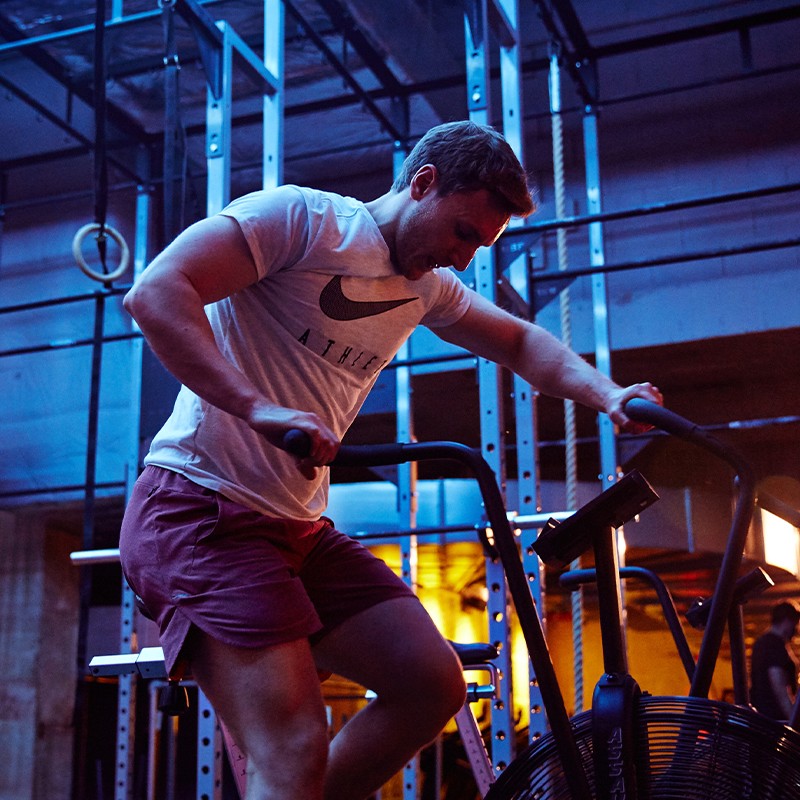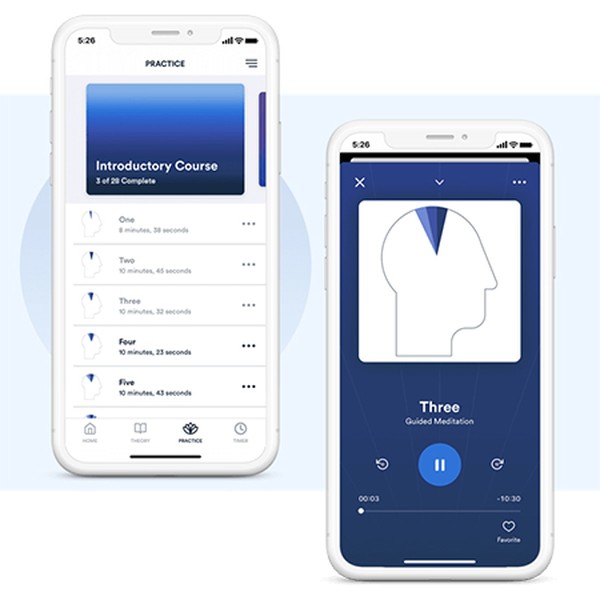My Health & Fitness Rules: Tom McAdam
Something is always better than nothing.
Life is busier than ever. I have an eight-month-old daughter and am in the process of building out a new gym, so fitting in training can be a challenge. Too many people think willpower is the key to making progress. In fact, it comes down to planning and understanding the basics of incremental behavioural change. Get into the habit of scheduling your training in advance – your training is no less important than work Zoom calls or client meetings and you should treat it as such. Having regular training times that you mentally block out will help too. For me, early morning sessions are perfect as I can fit one in before commitments crop up and my daughter wakes up. But everyone’s golden time is different. I know lots of parents who train at 8pm after their little ones go to bed. Remember a certain amount of adaptability is essential. If you find time slipping away for the session you planned but you have 20 minutes, just get out the door for a jog or work through some push-ups, sit-ups and squats in your kitchen.
Take things back to basics.
Fitness-wise, I am currently prioritising foundational strength and endurance. My week is split into three strength sessions and two aerobic sessions. The strength sessions are predominantly barbell-based with a few bodyweight movements and core work thrown in. I focus on compound exercises like squats, deadlifts, power cleans, presses, pull-ups and rows. My aerobic sessions are typically runs or Wattbike rides, and are a mixture of long moderate-intensity workouts and harder interval workouts. I’m experimenting a lot with nasal breathing protocols during endurance sessions to increase aerobic capacity and am seeing a lot of benefit in that.
Start small.
A large body of evidence from behavioural science indicates the best way to change your habits for the long term is to make small, incremental changes. If you’re just starting out with training, don’t aim for five 90-minute sessions per week. Start by aiming for two 30-minute sessions per week. If your goal is to go from an inconsistent two to three sessions per week to five sessions, start by committing to three sessions per week first. Equally, don’t aim to do simply what you think you should do. Balance that with what you know you will do, what you enjoy doing. If you hate weight training but love running, start with running and add the weights later. The good plan you follow is far superior to the perfect plan you neglect.
Resistance training should be your focus.
For guys wanting to add muscle mass and get leaner at the same time, resistance training is essential. Focus on compound movements where you move larger loads at longer distances: think squats, deadlifts, bench press, overhead press, rows, pull-ups and push-ups. These have the greatest capacity to build muscle and expend energy, helping you stay lean. There is nothing wrong with bicep curls and if you have time after all of the basics, you should do them. But if you’re curling instead of squatting, you’ve made a poor time-investment decision.
Don’t neglect your lower body.
One of the most common mistakes men make in the gym is focusing too much on supplementary exercises and upper bodywork at the expense of compound movements and lower bodywork. I understand that most guys want developed shoulders, chest and arms, but a balanced programme is the best way to get there. The great thing about developing lower body strength is that these large muscles can become a sink for calories, making it much easier to get leaner. Studies also show that higher levels of energy expenditure are associated with leaner physiques. Lower bodywork is the best way to achieve that.
Don’t be afraid to take it slowly.
You don’t need to work your muscles to failure to get stronger. Instead, what will happen is that the muscular strain will lead to excessive soreness and reduce your ability to train again during the week, which ultimately will limit your ability to get stronger. Instead of going close to failure all the time, stick with three sets on a movement and start with five to eight reps at a weight that feels moderately heavy. Then slowly progress the number of reps or the weight over time.
Remember patience is a virtue.
I recently got back into strength training after a seven-month break, during which time I’d been solely running and cycling. I knew the best way to get my strength back would be to build slowly – I started squatting 100kg for sets of five where previously I would squat 150kg. I am still only squatting 120kg a couple of months in, but am enjoying feeling my strength and muscle come back slowly. I don’t need to lift maximally to enjoy the benefits of strength training. To paraphrase a quote from Tony Robbins, most people radically overestimate the results they can get in 12 weeks, but radically underestimate the results they could get if they stuck with a reasonable programme for two years. Play the long game and enjoy the ride.
Mix it up.
While there’s no one-size-fits-all answer to the ideal week of training, you should aim for an even balance of strength and fitness work, a balance of bodyweight and weighted exercises, a blend of mostly long aerobic work but also some short high-intensity intervals and daily mobility work.
Recovery is essential.
Being an athlete means your commitment to physical performance doesn’t end when you leave the gym. I’m a big fan of static stretching, holding positions for a fairly long time while working on my breathing – keep to a six-second inhale and a six-second exhale, always breathing through the nose. I’m also a fan of hot and cold therapy – saunas and ice baths – and love going to the men’s pond in Hampstead Heath for a cold dip. I am increasingly interested in mindfulness practices and improving my mental fitness too. In fact, nothing has improved my quality of life as much as meditation. I meditate daily for ten to 20 minutes and have done so for the last three or four years. I often use an app called Waking Up, which is brilliant. I also use Breathing App to time my breathwork.
Mobility matters – a lot.
Even if your focus is on physique, you don’t want your body to feel like crap all the time. That is exactly what will happen if you train often but don’t compliment that with mobility work and recovery. Equally, the worst possible way to get in shape is to be injured and the best way to get injured is to neglect mobility. Without a good range of motion, lifts like the squat, deadlift and press will put your body in compromised positions.
Protein powder isn’t everything.
If you’re weight training, your protein requirements will be around 1.5-2g of protein per kg of bodyweight. Once you know your target, you should figure out the extent to which you can consistently hit that target with real food. You should always get the majority of your protein from whole-food sources. If you find you can’t get all the way there, adding a little protein in supplement form is totally reasonable. As a general rule, protein from powders should account for no more than 20% of your overall protein intake, so a guy who is eating 200g per day of protein should have no more than around 40g of protein a day from powders and shakes.
Don’t discount animal produce.
It’s often underappreciated that animal products are some of the most nutritious foods available. I’m a big proponent of liver and offal, eggs, high-quality red meat and bone broth for optimal health. These foods are our best source of fat-soluble vitamins like vitamin A, vitamin B12 and choline, as well as bioavailable iron and minerals like zinc.
Try to eat colourfully.
The more colours you can include, the greater the range of vitamins, minerals and phytonutrients you will be getting. Try to include green, orange, red, purple and white plants in equal measure.
I can’t be without my weightlifting shoes.
My favourites are the Nike Romaleo 2s, which are tricky to find these days since the current version is the fourth generation. For trainers, I usually wear Nike Metcons. Other essentials include my Garmin Forerunner 735XT and my Wahoo Tickr X heart-rate band.
Sometimes you need to look at the bigger picture.
When I was younger, my focus was mostly performance. I wanted to become the best CrossFit athlete I could be. Now, as a dad and business owner, my priorities have changed. I care mostly about what I call ‘life performance’. I want my training to benefit and enhance the rest of my life and protect my long-term health. I still use performance as a metric and a guiding star, but I have no real attachment to performance outcomes.
Health means holistic life performance.
Health encompasses physical, mental and emotional fitness. I think there are five fundamental areas of practice that contribute to this kind of deep health: movement, maintenance, nourishment, mindfulness and connection. As a dad, it’s important for me to model health for my daughter and I also want to make sure I can show up as a father and husband as the best possible version of myself.
Shop Tom's Top Product Picks here...
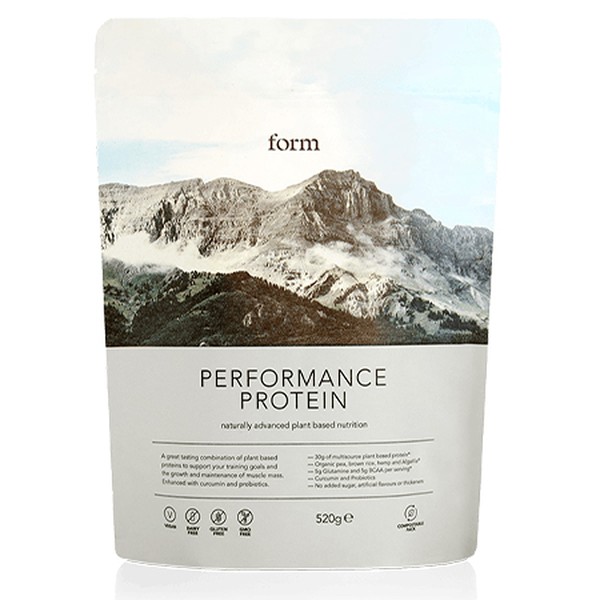
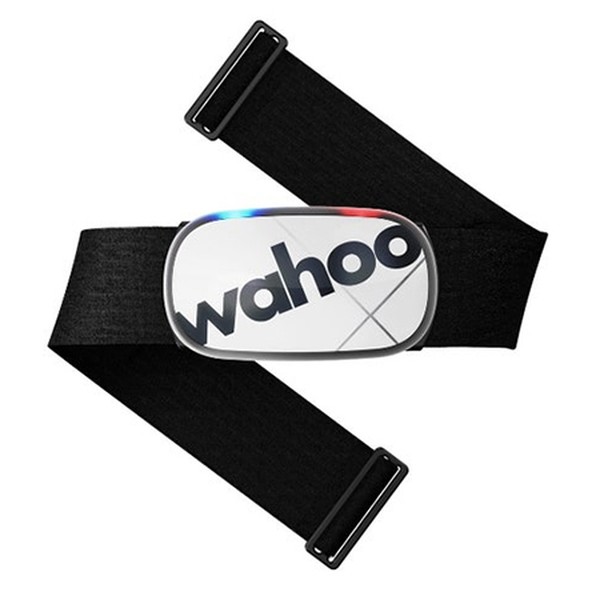
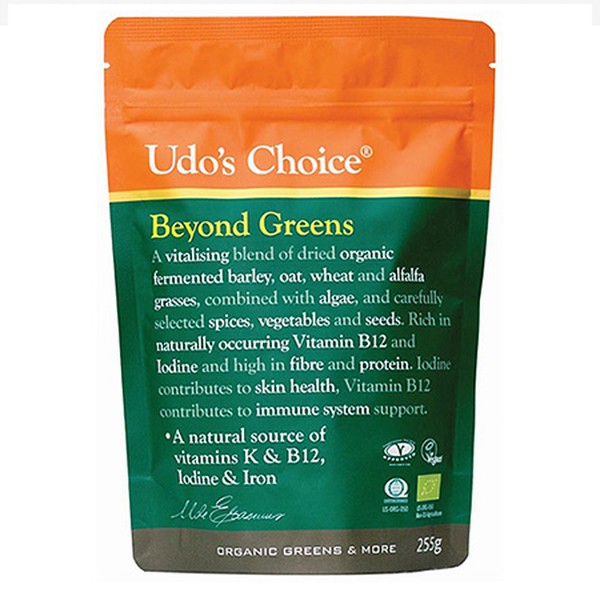
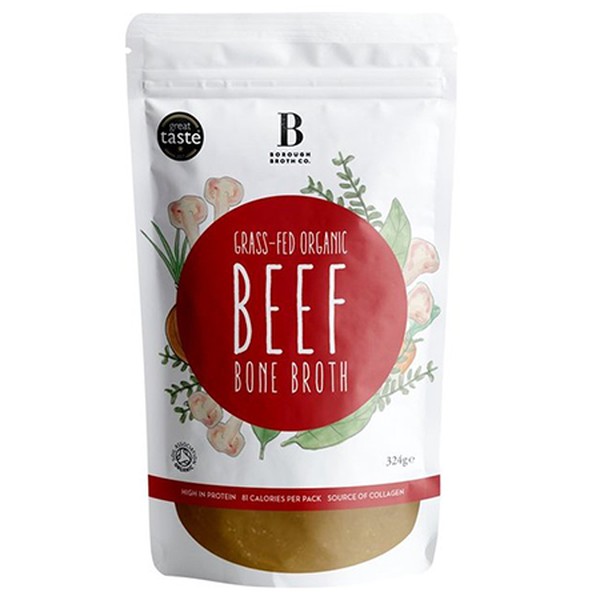
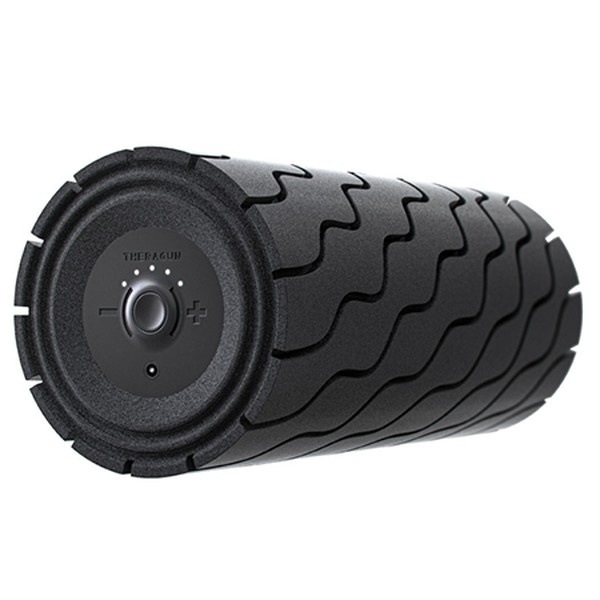
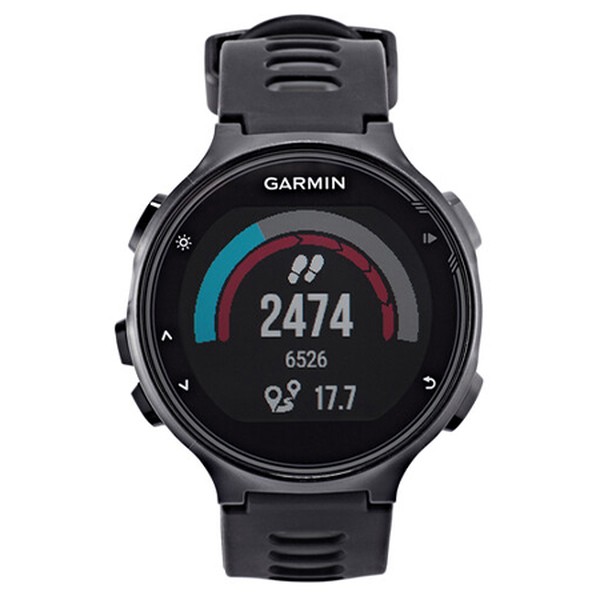
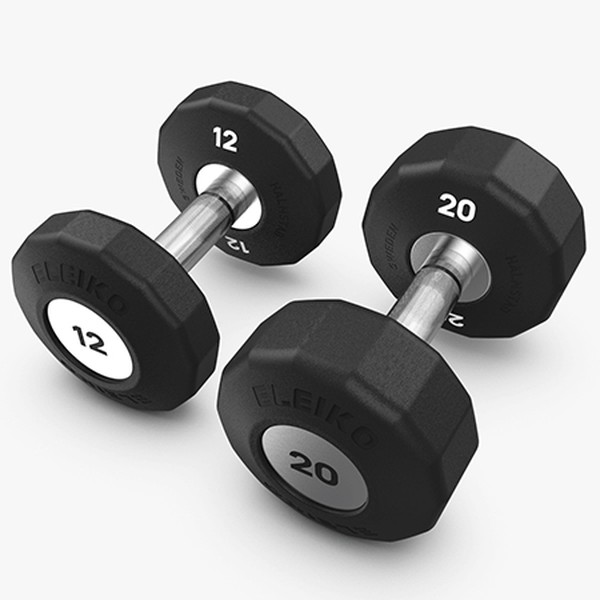
Eleiko

For more information, visit CrossFitCityRoad.com and listen to Tom’s podcast, The Health Club.
DISCLAIMER: *Features published by SLMan are not intended to treat, diagnose, cure or prevent any disease. Always seek the advice of your GP or another qualified healthcare provider for any questions you have regarding a medical condition, and before undertaking any diet, exercise or other health-related programme.
DISCLAIMER: We endeavour to always credit the correct original source of every image we use. If you think a credit may be incorrect, please contact us at [email protected].
